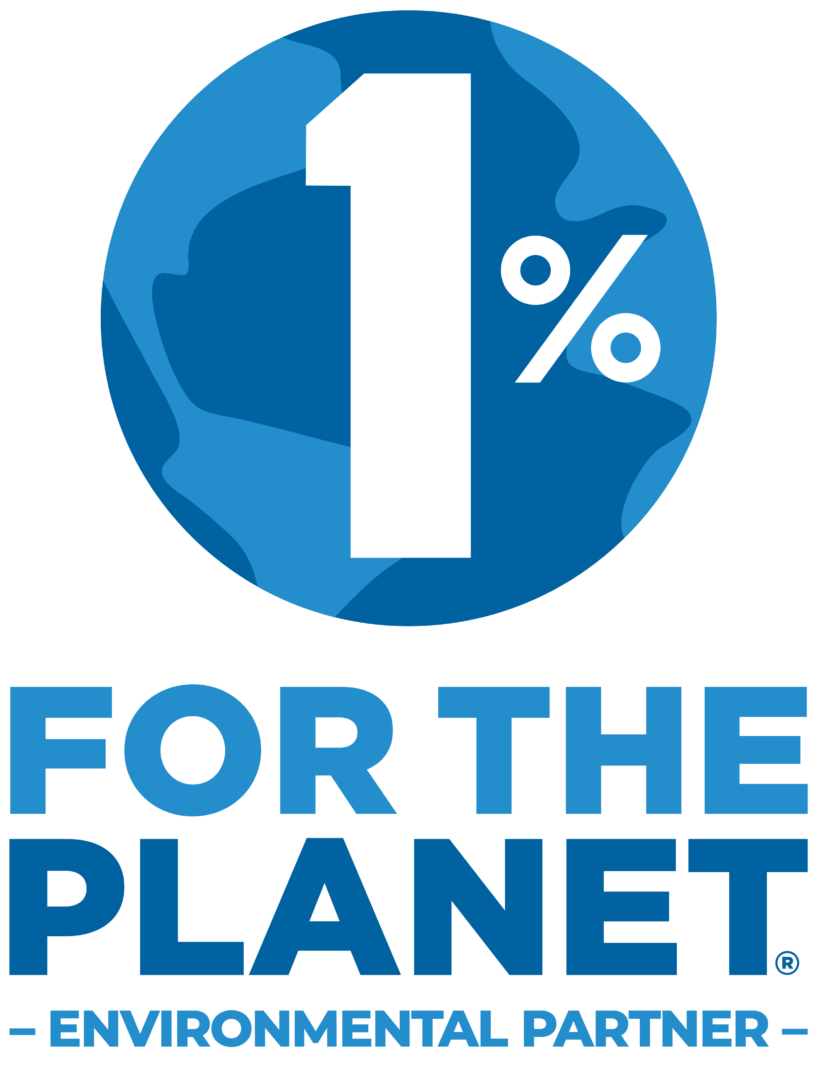July 11 marks World Population Day, a day marked to raise awareness of issues related to world population. Though this is not the most well known commemoration, its relationship to the environment makes it worth exploring further.
So, what is World Population Day and where did it come from?
The United Nations Development Program established the observation in 1989. The day is intended to raise awareness of issues related to population, including family size, gender equality, maternal health, environmental concerns, and human rights
The day was inspired by the same date in 1987 when the earth’s population crossed the five billion person mark. Dr. K.C. Zacharia, who then worked at the World Bank suggested the day, which continues to be observed.
What concerns are related to World Population?
While the world’s population was at 5 billion in 1987, it is now at 7.5 billion and counting. The simple number of people living on earth is unprecedented, and has caused some concerns about the toll this would take on people’s quality of life.
Related issues include how the whole planet’s environmental health will be affected by the increasing amount of human activity, the implications this has on international development, and the increasing population density of urban areas.
And there has always been the question of whether or not the Earth is capable of producing enough resources to sustain a rapidly increasing population. This question has been the source of a lot of debate.

The population question often surrounds if the Earth's ability to produce resources will keep pace.
So, population is a controversial topic?
Oh yeah. At least it can be and has been at times.
Scientists, anthropologists, and other researchers have often disagreed about what is likely to happen- if population will continue to increase at the same rate and whether or not the planet’s resources will be able to cope. Different projections spell out possible scenarios, some of which look completely opposite of one another.
On top of that, family planning and ethical dilemmas often enter the conversation. The conversation of population control has at times been used in discriminatory and violent ways, which makes it extra sensitive.
What can people agree on?
Great follow up question! One thing, hopefully, is the irreplaceable value of each human life. Part of what makes this conversation so difficult sometimes is that lives are sacred, and solutions must consider that.
Another thing is that the quality of one’s life matters as well. Our goal isn’t simply to come up with a solution that allows a large number of people to share the planet, but one where each person can live a life of dignity. People made in the image of God should live in respectable conditions, with enough resources for full health.

A community in the Dominican Republic.
What are some other things worth knowing?
The countries with the highest rates of growth right now are mostly in the Middle East and in Northern or Western Africa. In the past few years, the top five spots have included Oman, Lebanon, Kuwait, Qatar, and South Sudan. These countries represent a variety of different economic situations. South Sudan and Qatar represent different ends of the income spectrum.
Of the top 20 countries for population growth, only one is among the top 20 countries in population size: the Democratic Republic of Congo. This suggests that growth in population shifts based on a number of factors rather than one commonality.
How does your environmental mission offer a possible solution?
The environment has an impact on poverty. The repeat pattern throughout recent history has been that as a country moves from poverty towards sufficiency, its population will experience initial growth, then a decline. This is for two reasons:
- The poorest countries, with high infant mortality rates and low scores for maternal health often rely on larger family sizes as a means of protection against life’s uncertainty.
- As countries develop, life expectancies and infant survival rates increase. This leads to an initial spike before the eventual trend of lower birth rates.
While there is a lot of debate surrounding human population, perhaps one of the most agreeable approaches is to simply help people grow out of poverty. That way, people are also able to live more quality, healthier lives. At least one projection suggests that this may help the rate of population growth plateau by the end of the century around 11 billion.
$122 can help a family grow out of poverty in a sustainable, long-lasting way. To help make that contribution at the rate of $22 a month, learn more about becoming a Purpose Partner.

















